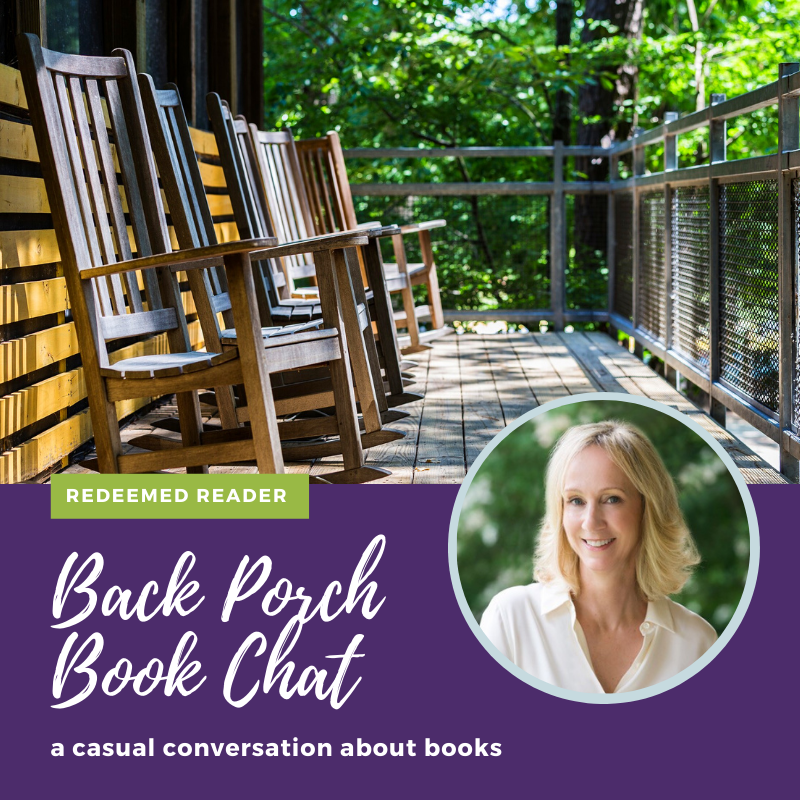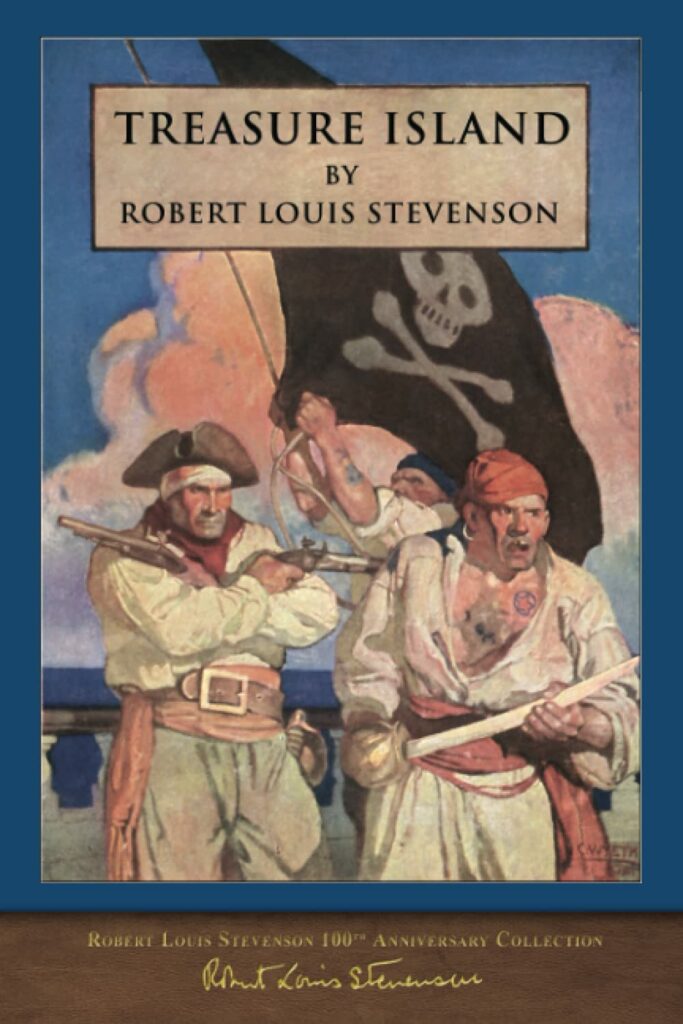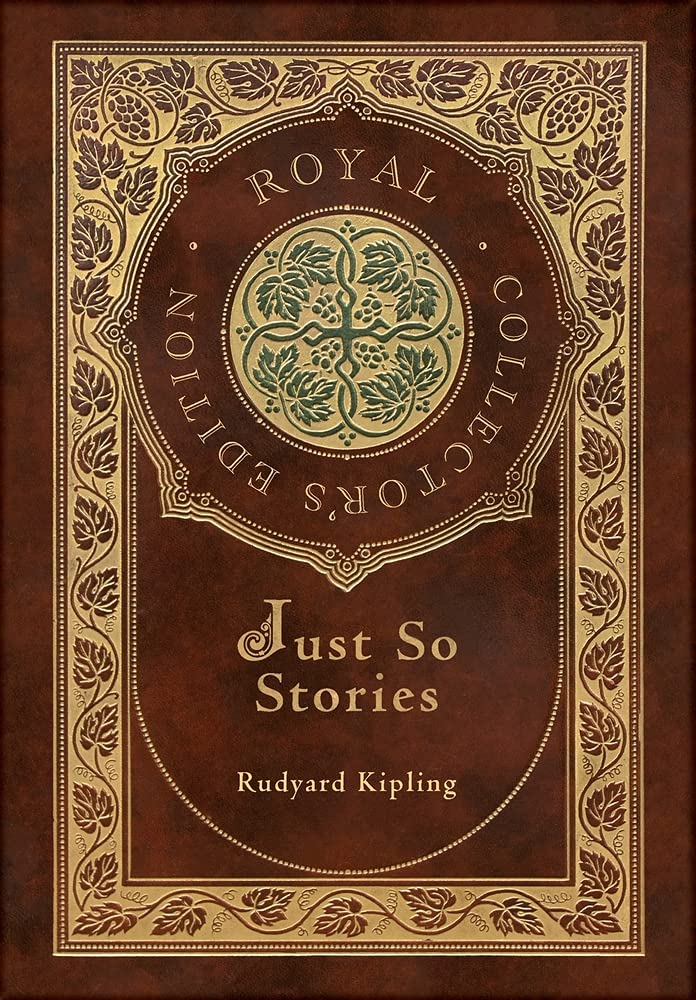Back Porch Book Chat: A casual, virtual conversation about books. Join us as we chat with book lovers like ourselves about a topic we all love! Our guest today is Meghan Cox Gurdon. She chats with us about reading with her family, her new book, and more! Interview conducted by Betsy.
Note: this interview was first published, in part, for our print magazine, The Redeemed Reader Quarterly. Generally, our print content does not also appear on the website, but we had two delightful interviews we just had to share with our web readers. Enjoy, and know that this is a taste of what comes in the Quarterly!

Getting to Know Meghan Cox Gurdon
Before we begin, tell us what beverage you’d like as we sit in our (virtual) rocking chairs on our (virtual) porch this fall day: Hot cider? Coffee? Hot chocolate?
Oh I think we should have a glass of red wine, don’t you? We eat early, dinner’s in the oven, and the timing is perfect.
Excellent suggestion! And while we sip, tell us a little bit about yourself and your work. You are a book critic for the Wall Street Journal. How do you choose which books to read and review? Or are they chosen for you? Do you read books for a particular age range primarily (such as young adult), or do you review books for all ages?
When I look back on my life I find it amazingly gratifying that I should be a book critic at this stage. In my 20s, I felt torn between wanting to pursue a future in the world of news — international news, specifically — and in the realm of books and literature. By a providential turn of fate — not unconnected with marrying my journalist husband, Hugo, and setting out with him for a life together — I ended up doing both. I worked and traveled in Asia and Europe as a foreign correspondent in my late 20s and early 30s, wrote essays and a few book reviews in my mid-to-late 30s while having our passel of children, and then, with the arrival of our fifth child in 2005, I made the full-time switch to book criticism. It has been a wonderful ride! My WSJ column about children’s literature started out monthly, increased in frequency until it was weekly for more than a decade, and will subside to twice-monthly so that I can write other pieces for the paper. I choose all my own books, with very rare exceptions when my editors have something they feel I really must consider. I consider everything from board books for babies (a more sophisticated and demanding genre than you might imagine) on up to YA novels and nonfiction and memoir for adults. Choosing is an art more than a science; the calculus is different for every book. Some books demand to be reviewed, because of the notoriety or acclaim of their authors. Some demand to be reviewed, because they are so exquisite (and I should say that after all this time I still swoon when I pick up a truly beautiful book), and some because they are so appalling and poorly-conceived. “Negative criticism,” says Anton Ego in “Ratatouille,” is “fun to write and to read.” That’s true. Unfortunately for me, as fun as negative reviews are to write, they are not helpful for parents and grandparents who are reading the WSJ in the hopes of finding books for the children in their lives. So I feel obliged mostly to write about books I like.
How do I find these books? Inside the gazillion boxes that publishers send me. You may be surprised that the life of a book critic involves as much heavy lifting, as it does — literally, it’s heavy lifting. Every week delivery people for FedEx and UPS and the USPS deliver boxes and parcels and envelopes filled with children’s books to me, and I carry them all inside and cut them open so that I can sort them according to their publication dates. Most books come out on a Tuesday, so a months’ worth of books will typically form four hefty stacks. In the busiest publishing phases of the year, spring and fall, the floor of my office vanishes beneath all the buttes and canyons of novels and picture books that have been sent to me for review consideration. So there’s a physical stage in the process of choosing books.
That sounds simultaneously heavy and heavenly! All those lovely books!
Reading in the Midst of Real Life
Meghan, you’re now a grandmother, right? But you were a mom first! Tell us how you used books as part of your family culture when you still had children at home. Did you have any special routines that facilitated reading together?
Oh, I am! Not “grandmother,” though, because in our family that was my husband’s mother. I am the baby’s Mimi, and don’t worry, I am NOT one of those grandmothers who makes people look at baby pictures.
But since you ask—
Hang on, let me find it…
There! Isn’t he the sweetest, plumpest, most intelligent looking baby you’ve ever seen? My friend Christina says he’s so cute he looks like he’s going to pop. He does! He is! We are in love.
Wait— were we talking about something?
Oh right, books in our family culture. Yes, it was the central civilizing part of every evening in our family life for me to read to our children. I read aloud every night for about an hour for a quarter century.
Typically we’d all bundle together on a sofa or a bed, and I’d read a stack of picture books. Then I’d read a chapter or two of a longer or more sophisticated book. The idea was to give everyone some story (and pictures) to enrich and entertain them, stretching their vocabularies and furnishing their minds. I say “the idea” but at the time, honestly, I didn’t think of it as some kind of personal improvement regime. It was just the one good thing I knew how to do, that I knew I could give them, that I knew they enjoyed. It was only when I began looking into the history and science of reading aloud as a journalist, for my book, that I discovered just how consequential all those hours together really were.
Meghan’s Memories: Reading Aloud to All Ages
What were some of the books your family enjoyed most? What are some books you personally have enjoyed this past year?

We read a lot of C.S. Lewis, Laura Ingalls Wilder, Roald Dahl, Kenneth Grahame and Robert Louis Stevenson, along with vast quantities of books by other writers — I mean they come flooding in: Edgar Allan Poe and Joan Aitken and Rosemary Wells and Susan Meddaugh and Astrid Lindgren and Russell Hoban and Neil Gaiman and Laura Amy Schlitz and Robert McCloskey and Charles Portis. I’d say that Charlie and the Chocolate Factory and The Wind in the Willows and Treasure Island were perhaps our family’s favorite books.
The latter in particular had a way of stealing up on the children that was thrilling to witness: Because I read it aloud every few years, the children would be a step older each time and thus they’d understand a little more of the characters and the moral quandaries presented in the book. It’s a ripping adventure, and what child doesn’t like adventure?
Treasure Island is my 16 year old daughter’s favorite book. We’ve enjoyed many of the same authors as your family.
For my own private reading, this past year on audio I’ve hugely enjoyed John Galsworthy’s The Forsyte Saga and the six Palliser novels by Anthony Trollope. On paper, I finally re-read Thomas Hardy’s Jude the Obscure and had my heart duly broken by the bleakness of his vision. Speaking of bleakness, I also got around to reading the Oresteia, that pinnacle of Greek drama (which, though tragic, is still not so upsetting as Euripedes’ The Bacchae). Oh and I read The Count of Monte Cristo, which was sweeping and amazing and so so clever, and Middlesex by Jeffrey Eugenidies, a sparkling novel that never stopped surprising me. Ooh also Little, by Edward Carey, which tells of the strange and captivating origins of Madame Tussaud, the waxwork queen. No idea how much of it hewed to truth, but it was a wonderful book.
I might need to stay to dinner and just discuss books with you!
Can you share some of your favorite memories of reading aloud to your own children or others?

Recently I read Kipling’s Just-So Stories to my fragile and elderly mother. She actually wept at one point. Her mother had read the stories to her when she was small, she’d read them to me when I was small, I’d read them to my own children when they were small, and now here I was reading them to her in her old age. There was a very moving generational circularity in the whole experience that affected us both.
What a lovely story to share with us. Is there a book you remember hearing read aloud from your childhood (other than the Just-So Stories)?
Yes! I remember my paternal grandmother reading Marjorie Flack’s The Story About Ping with her very cultivated old New England accent. I would have been perhaps five. We love that book.
I just read that story to my niece and nephew (twins, age 7), and they thoroughly enjoyed it.
The Enchanted Hour by Meghan Cox Gurdon
We’re big fans of your book, The Enchanted Hour. How did you decide to write a book dedicated to reading aloud? What would you say sets your book apart from similar titles, like The Read–Aloud Handbook by Jim Trelease or The Read–Aloud Family by Sarah Mackenzie?

The Enchanted Hour is the book of my heart, so I’m honored that you like it. The book has two origin stories — one sad and one happy — so I will tell you the happy one. I was moved to write a piece for the WSJ in July of 2015 about the glory of reading aloud in a world distracted by technology. It went viral. Tens of thousands of people were sending it around and commenting on it, and what struck me as astonishing is that 100% of the response was positive. People loved the article, they loved the topic; this was not a viral story driven by hate, but by love. It was overwhelming. I thought: Ok there’s something here. People care about this topic. And as I began to poke around the supporting science I thought, hang on, there’s a bigger story here. And I’m the person to tell it.
I have nothing but admiration for Jim Trelease and Sarah Mackenzie — they are and have been working miracles in people’s lives! What sets my book apart from Jim’s is that his was written very much in service of turning children into independent readers, and it’s fair to say that Sarah’s goal has been to inspire families to become read-aloud families. I share that second goal, too, but with my book I’m principally making the argument that reading aloud is the cure for what ails us. Reading aloud is a glorious thing in itself, not just as a means to other ends; and I marshal behavioral studies, brain science, history, personal anecdote, and literature itself to make the case.
That’s an excellent way to sum up the differences between your book and similar titles!
One part from your book that stands out to our team is your reminder that all ages benefit from being read to, even the elderly. We’d love to hear more about starting something like this in our neighborhoods and communities. Can you give our readers some tips for getting started, such as how to initiate a practice like that or which places or groups of people seem most receptive? What might be some of the unique challenges to reading to the elderly, especially when compared with reading to a group of children?
With children, you need to find books that are sufficiently complex to catch their interest but not so esoteric that the content soars over their heads so that you’re like the “mwah-mwah-mwah” adult in the old Peanuts comics. With older people, the problem is sometimes that your listeners can’t hear well — I confess I find it tiring to have to shout when I’m reading — and sometimes that your listeners becomes weary and want a change. For Chapter 8 of my book, “From the Nursery to the Nursing Home: Why Reading Aloud Never Gets Old,” I spent time with a reading group for Holocaust survivors in London. Those sessions were marvelous. The readers were careful to switch it up: A short story, a couple of poems, a stately pace of reading so that it was possible to hear and appreciate each word. Starting to read aloud with anyone can feel a little odd — it’s just not like anything else we do in life, and originality is always a little uncomfortable. So you have to be willing to push past the momentary weirdness, to find the reward. And oh, what a reward!
I love that description: “a stately pace.” That’s very helpful.
Last Words from Meghan
Finally, what are your top quick tips for those who don’t have a read aloud habit started in their families?
First — make like a Nike slogan and Just Do It! Pick something short to read, pick a time when everyone’s together, and just go for it. Maybe read a poem over dessert, or a children’s book before dinner, or, with your spouse, a short story at bedtime instead of doomscrolling on your phones.
Second — do the same thing tomorrow, at the same time. No need to give it more than 5 or 10 minutes. You don’t need to be heroic, you just need to try.
Third — do the same thing the day after tomorrow, and the day after that. You will have pushed through the momentary weirdness at this point, and with any luck you will be delighted to note that your family is enjoying the reading, and even looking forward to it. Again, you do not have to be a hero. You do not have to be Jim Trelease or Sarah Mackenzie— or me. Reading aloud is not supposed to be cod liver oil, something you have to choke down for the good of your health. As the wonderful Australian writer Mem Fox says, it should be like chocolate. She’s right.
Readers, this is not the first time we’ve interviewed Meghan: way back in 2011, Janie interviewed her about a particularly noteworthy WSJ article of hers regarding darkness in YA literature. You can read the rest of our Back Porch Book Chats here (our guests have been authors like Meghan, bookstore owners, teachers, and more).
Meghan Cox Gurdon is the author of the acclaimed work of nonfiction, The Enchanted Hour: The Miraculous Power ofReading Aloud in the Age of Distraction, which is also available in German (Die verzauberte Stunde) and Spanish (Lamagica de leer en voz alta). Meghan is a weekly columnist for the Wall Street Journal, where she writes about children’s books for each Saturday’s paper. A former foreign correspondent and graduate of Bowdoin College, Meghan has five children with her husband, the English journalist Hugo Gurdon. She and her family divide their time between Maryland and Maine.
Support our writers and help keep Redeemed Reader ad-free by joining the Redeemed Reader Fellowship.
Stay Up to Date!
Get the information you need to make wise choices about books for your children and teens.
Our weekly newsletter includes our latest reviews, related links from around the web, a featured book list, book trivia, and more. We never sell your information. You may unsubscribe at any time.
We'd love to hear from you!
Our comments are now limited to our members (both Silver and Golden Key). Members, you just need to log in with your normal log-in credentials!
Not a member yet? You can join the Silver Key ($2.99/month) for a free 2-week trial. Cancel at any time. Find out more about membership here.

